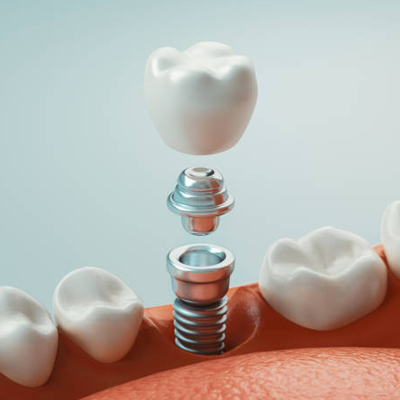
Dental x-rays taken digitally are more efficient and safer than traditional film x-rays. Even though traditional dental x-rays release modest quantities of radiation, we understand that some patients are concerned about their exposure and safety. You should not be concerned about digital dental x-rays because they expose you to far lower quantities of radiation. In reality, digital dental x-rays emit up to 90% less radiation than traditional film x-rays.
Traditional X-Rays
Following its discovery in 1895, practitioners began employing traditional x-rays in practice as early as the 1900s. Dentists and doctors used x-rays to see the structure of the body. Traditional x-rays employ radiation to interact with the teeth, gums, and bones in and around the mouth. This contact results in x-ray images on film, which a dentist would create and use to diagnose any oral health issues.
Digital X-Rays
Scientists reveal a new type of x-ray over 90 years after the discovery of ordinary x-rays: the digital x-ray. In 1987, dentists were exposed to this new technology. Digital radiography combines the power of computer technology with electronic sensors and very short bursts of radiation. Instead of being printed on film, the image appears nearly immediately when the sensor is placed in the mouth and is projected onto a computer screen.
Why Are Digital X-Rays Better?
Many dental practices now exclusively provide digital x-rays to patients. This not only reduces the dentist’s responsibility but also improves the patient experience. Digital dental x-rays, in particular, are less expensive, faster, clearer, and safer than traditional radiography. Here are five advantages of digital x-rays over traditional radiography.
-
-
- Digital imaging is less expensive – Digital x-rays are often less expensive than their analog counterparts. This is due to the high expense of film used to create traditional x-ray images. Consider how many films your Polaroid camera requires, and you’ll understand why digital radiography is the preferable alternative. After all, a digital x-ray image is projected into the computer of the dentist. This is also why digital imaging produces findings much faster.
- Digital X-rays Provide Quicker Results – Because traditional x-rays are printed on film, the images must be processed. Because the development procedure takes time, you and your dentist will have to wait for the results. Worse, you may need to make another appointment before the dentist can diagnose your dental health problem. There is no need to wait with digital radiography. Almost immediately after the dentist inserts the sensor into your mouth, the image appears on his or her computer screen.
- It is more comfortable to use digital x-rays – If you’re afraid of the dentist, it’s probably because you’re uncomfortable with all the new sights and scents. You’ll be relieved to learn that digital imaging methods are far more comfortable than traditional ones. This is because you are not required to wear all of the lead protective garments that you would during a standard x-ray. Furthermore, because digital radiography only employs a sensor, you will not have to go through the time-consuming process of scanning or biting down for extended periods.
- Digital radiography exposes you to lower levels of radiation – The most essential advantage of digital x-rays over traditional ones is their safety. Digital imaging has the potential to lower radiation exposure by up to 90% for both the patient and the dentist. This avoids the health risks associated with excessive radiation exposure, such as:
- Radiation illness
- Skin burns
- An increased risk of cancer
-
We hope that this blog has enlightened you about the significance of dental x-rays. Visit Custer Creek Dental if you are seeking the best Dental X-rays service in McKinney, TX.










